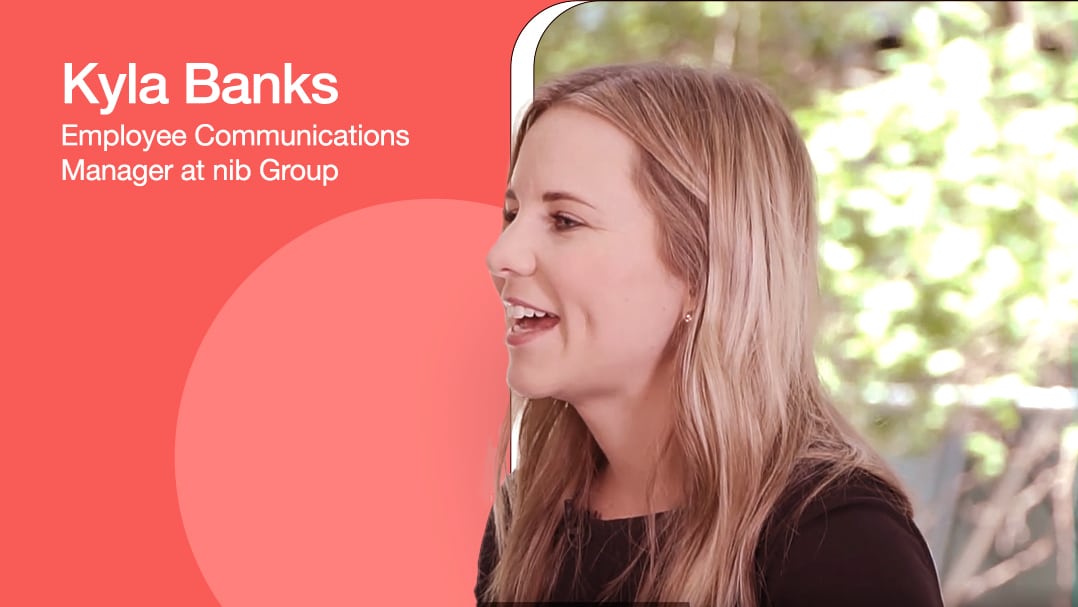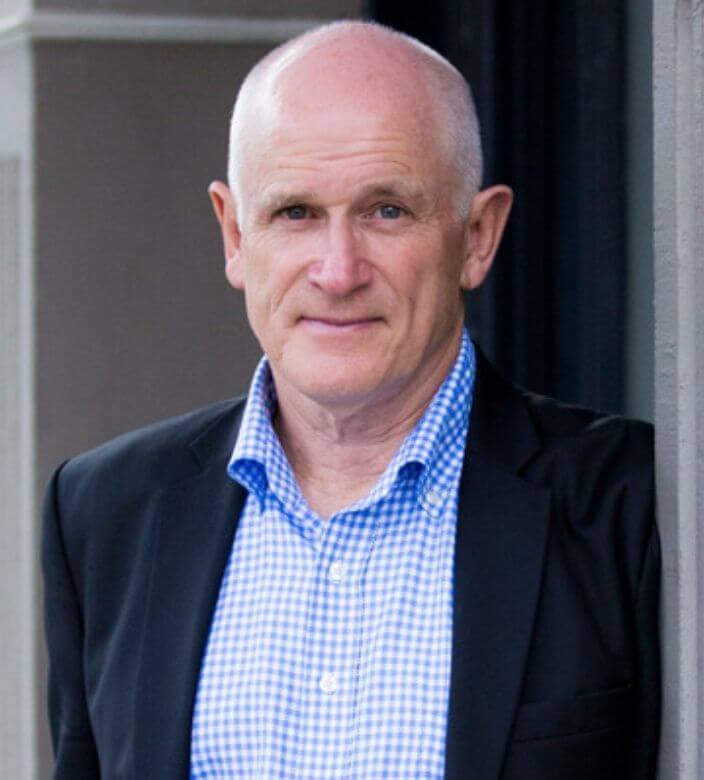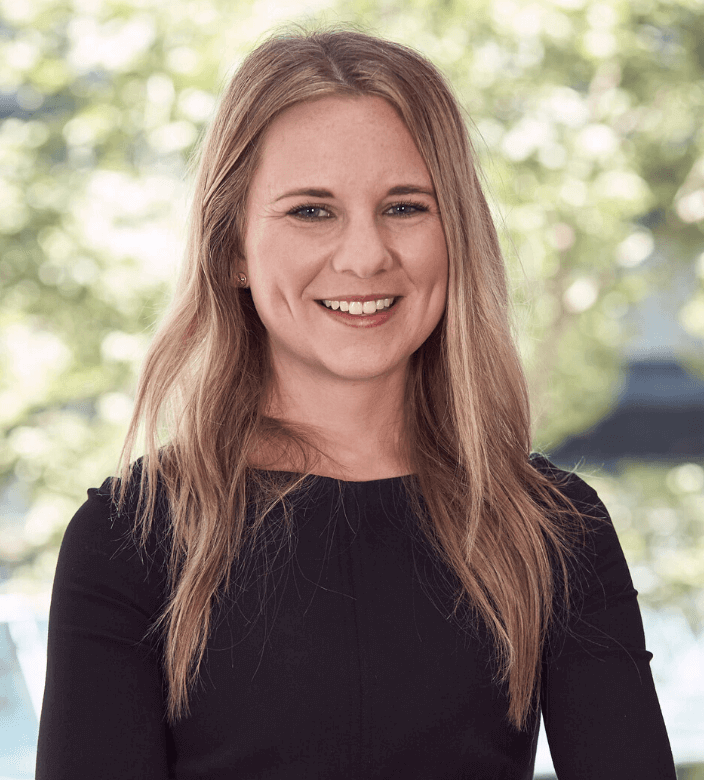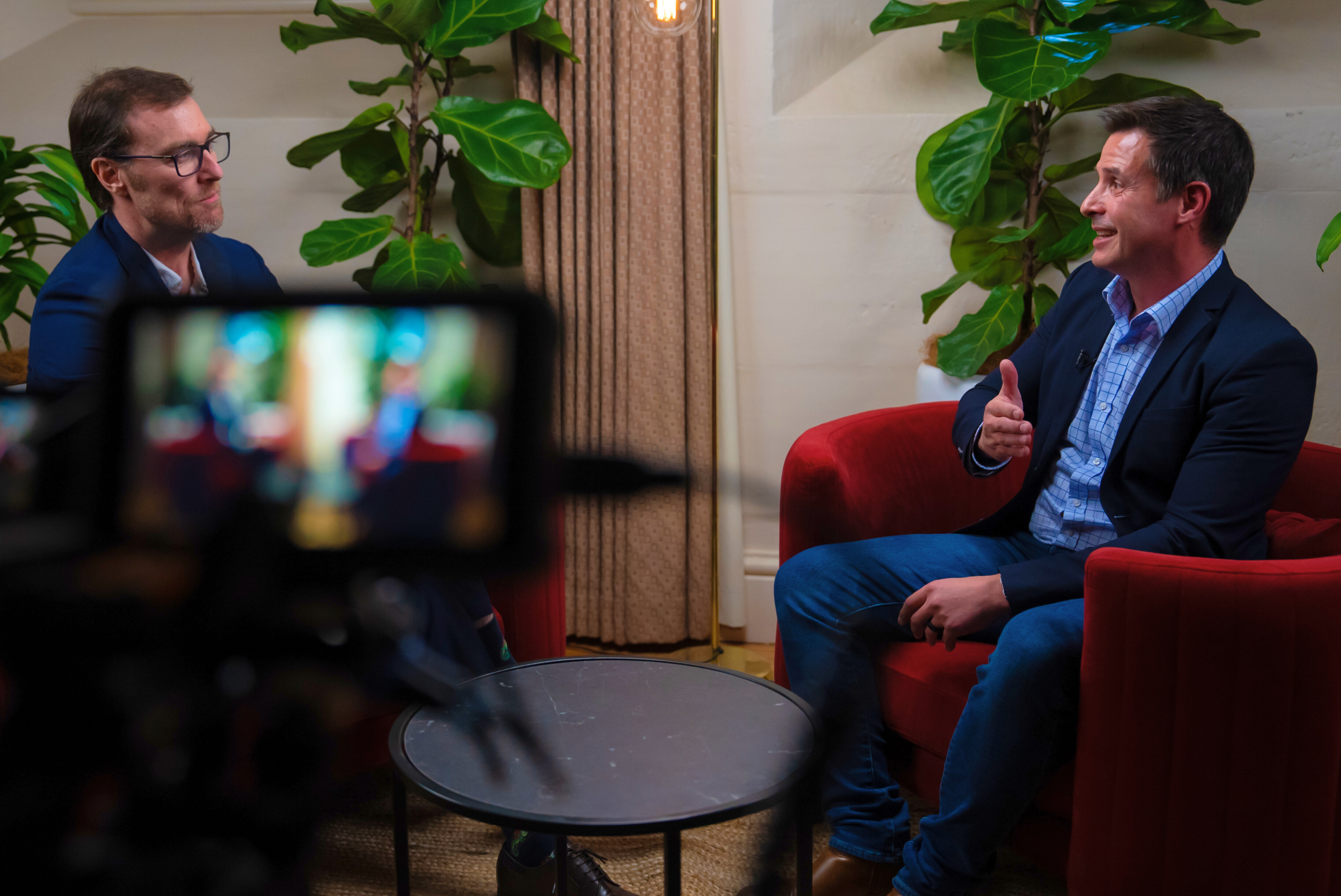At nib Health Funds, Kyla Banks develops and leads teams of high-performing communications professionals. Speaking with ADAPT’s Senior Analyst Peter Hind, she discusses how she set up enterprise social media as the foundation of collaboration. She reveals her most effective ways of centralising platforms and engaging employees to adopt these platforms.
Peter Hind:
I can imagine you’d have a situation with people in different silos across the business. Was that a challenge? Did you recognise that was a challenge for you?
Kyla Banks:
Most definitely. It still continues to be a challenge and is part of our whole approach to digital workplace transformation, particularly around acquisitions so the level of different acquisitions and growth that we’ve had has to lead to legacy systems, technologies, platforms and tools, which obviously means you’ve got fragmentation, you’ve got a bit of confusion, there’s a lot of clutter happening. So, what we’ve done is kind of designed this roadmap for our digital workplace transformation and we’ve plotted it out and said, “Okay, where do we want to start? “How do we want to prioritise this because we know employees are calling out for these core platforms and central places that they can go and collaborate and communicate?”
Peter Hind:
Because I’m fascinated by this because if I talk to a lot of organisations and they talk about transformation, they would look at processes, they would look at systems, but you actually saw enterprise social media as a way of bringing people together as almost a foundation stone on which to build the transformation. That’s an interesting thought. Was that a hard sell from an HR point of view to the techies in the business or were the techies recognising that that was something that they needed to think about?
Kyla Banks:
So, I think that was probably clearly the biggest gap for us and the longer that it took for us to kind of solve that problem, the more fragmented and siloed the business was becoming. So, we kind of had to solve it quickly and we also had a strong endorsement from our CEO and from our Chief Technology Officer. So, their backing was crucial to the success of this project and they understood that if our vision from a people and culture and employee communications perspective was to make nib feel like a community, then this is where we had to start and actually get people connecting and having conversations.
Peter Hind:
What was interesting is when people talk about change management, the usual approach is to do it in the beachhead part of the organisation, test the idea, get experience and then gradually roll it out across your organisation. You went big bang. So, how challenging was it doing it that way and do you think you would advise others to take that approach?
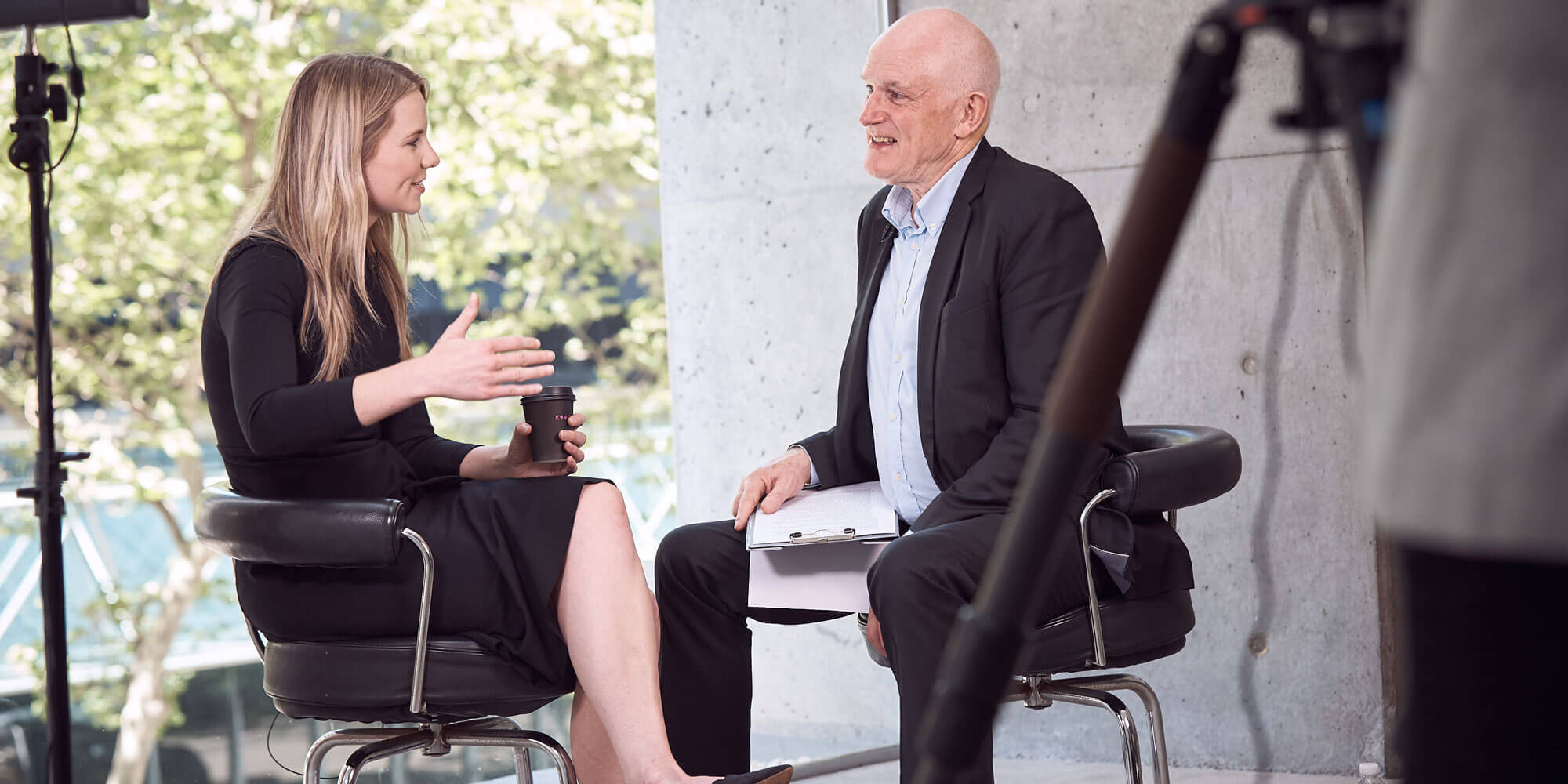
Kyla Banks:
So, look, I think I wouldn’t say that it was necessarily more challenging than it would have been had we taken a more staggered or phased approach to the rollout. I definitely would advise it if the core driver is the same as ours, which was having all employees across the world on one platform and knowing that that’s the place to go, where you can converse with your colleagues, where you can collaborate. I think if we had taken a slower phased approach, it would have gone against what we were trying to achieve, so from day one, we wanted employees to know that this is the place to go, everybody is on there and we’re ready to go. You can start using it, you can jump in and it’s that simple. So, it was a challenge.
I wouldn’t say we did no testing, so we rolled out within a four-week period but we did have workplace champions or change champions throughout that, so we had about 18 employees across various different departments and geographies across the world. We invited them to join the platform in the four weeks in the lead-up to launch, get them in there, have a play around, create content and really be ambassadors for the platform for when we did launch. We also invited our executives and our business unit heads to be a part of that as well, so get them in there, piloting it, knowing how important executive engagement is in the platform right from the development of the business case. So, we knew when we developed this case what the business priorities were for each of our executives and we kind of developed it under that lens.
So, for our CEO, mobile-first was number one for him. He wanted an employee app to be able to really quickly provide updates and get updates no matter where you are, if you’re travelling, we have a lot of employees in transit.”
So, for him, that was a priority. For our Chief Technology Officer, it was cloud-first. It was best of brain technology and making sure that it was a proven tool that companies are using across the globe. For our People Executive, it was all about that employee experience and making sure that it’s not just a stand-alone comms tool. It’s something that we can actually start to integrate with some of our other platforms and processes and really create this end-to-end experience.
So obviously we wanted employees in the platform from day one and we thought about what kind of content can we have in there or what kind of campaign can we run that gets them not only to claim their profiles but to actually engage and start liking and commenting and want to jump in there? So, we knew it was about our executives and how we get them on board and so we asked them to do what we dubbed a workplace challenge. So, their task was to come up with a dare or a challenge or something that was relevant, personal or made them a little bit vulnerable.
Peter Hind:
Can you give us some examples?
Kyla Banks:
We had a couple of executives who teamed up to sing karaoke in a local pub. We had a couple of executives who challenged each other to a chilli challenge where they progressively ate chillies and heat.
We had an ice bath challenge. Our executive in New Zealand did a nib eats thing where he went and rode around Auckland CBD and got everybody lunch. So, there was quite a ray of different ideas and activities happening and what we asked executives to do was for day one, film a video, share what your challenge is and why. Then, if you get x number of likes on the video in two weeks, then you’ll live stream your dare on the platform. Plus, in addition to that, we donated for each executive a $1,000 to one of our charitable partners.
So, we kind of mixed executive engagement in the platform, our charitable element and one of our values, which is making the world a better place, and the vulnerable human side of what’s possible with workplace.
Peter Hind:
Why I am interested in this though, Kyla, when I talk to people about enterprise social media, one of their biggest concerns is that people will be frivolous and they will, sort of, they will put pictures up of their cat or their football team or here I am and my new bike, and something like that that will take them away from their work, but you impressed on me, actually that engagement was very much something you wanted to encourage. Can you tell us your thinking in that space?

Kyla Banks:
Definitely! So, look, at the moment, we feel that there’s no such thing as having too much fun in the platform and employees should be able to have a bit of fun at work, because we know if they’re connecting with their peers, they’re having fun, they’re engaged, they’re more productive and they’re also collaborating easier and connecting.
So, happy employees equal a more productive workforce.”
Also, breaking down barriers and allowing us to connect with our colleagues that we may never have come across before, so you know I can connect with someone really easily in our Ireland office now and I can leverage that diversity of thought on a project that I might be working on or ask them for their feedback about how an employee in the Philippines might feel about this particular campaign. So, that’s the kind of productivity that we’ve not been able to have before and it’s just this. So, we do have a nib pet’s group. I’ve decided that’s okay because the level of engagement and activity and conversation that’s happening around that, it’s all about we really encourage our employees to bring their authentic selves to work.
With work-life balance not really being a thing anymore, it’s just about life. It’s how do we actually encourage employees to be themselves.”
Peter Hind:
Well, how do the executives make their contributions to that environment?
Kyla Banks:
So they’re all quite different and I think that reflects their personality and who they are and we’re also quite mindful of that. So, we don’t expect all of them will be that comfortable jumping in at any given time and that that will be part of their habits, especially not kind of three months in. We know we need to build that.
So, our CEO and a couple of our other executives are very comfortable working in that way and they’ll jump in whenever they’ve got five minutes spare whenever they’re grabbing a coffee and they’ll engage with content or post content on the platform. A number of our other executives do need some support, but we find that it isn’t really any different to how we were supporting them before from a comms team perspective. So, generally, we know what’s going on in the business, what the major projects are and as we would before, we’ll partner with them and provide suggestions and even key messaging sometimes but there’s far less ghostwriting now.
You know, we’re very strict I guess you could say on our executives including some personality into those messages. So, we try not to write them for them. It’s more about partnering with them and some of them might schedule five minutes into their day to have a look at what’s going on in the workplace and that’s pretty much all the time, commitment that we ask for because it doesn’t take much longer than that.
The number one message to our executives is you can’t underestimate the power of a like.”
An employee gets a real kick out of just getting a like from an executive on their post. So, if that’s all they do, then we’re very happy.
Peter Hind:
So, those metrics components within social media give you a finger on the pulse about how the message is there. Now, a number of people talk to me about all these new exciting communication options that are coming in, there’s the enterprise for Workplace by Facebook, there’s Slack, there are other things, Teams through Microsoft, that stuff and I can imagine usually they would be aficionados in each camp fighting. Did you have that challenge in choosing this as your environment and, if so, why did you end up in an enterprise social media Facebook way rather than some of the more technical solutions?
Kyla Banks:
So there’s probably two elements to that. So, I would say firstly the executive sponsorship. So, we sought sponsorship from our Chief People Officer and also our Chief Technology Officer and those two together were able to really put the technology and the people as priorities as one rather than favouring a particular techie platform and not thinking about the people and not making it too people-centric and not thinking about how that’s going to integrate with our other processes. So, that was probably the first step and where we realised that Workplace was the right solution for us.
Then, we made sure in particular the technology teams were a big part of this project. So, it wasn’t a project lead by a corporate comms, but it also wasn’t a technology-lead project. So, we had a project team that reflected that a mix from technology teams and comms teams, but we also invited our whole IT division to pilot the platform as well in that four weeks in the lead-up. That, I think, is what really got us across the line in that space because they could see how user-friendly it was, how simple it was to connect people across the organisation and connect with their colleagues across different geographies. They became ambassadors for us in the platform and I think having the technology teams backing any digital transformation project is crucial and that was what lead to the success in that space.
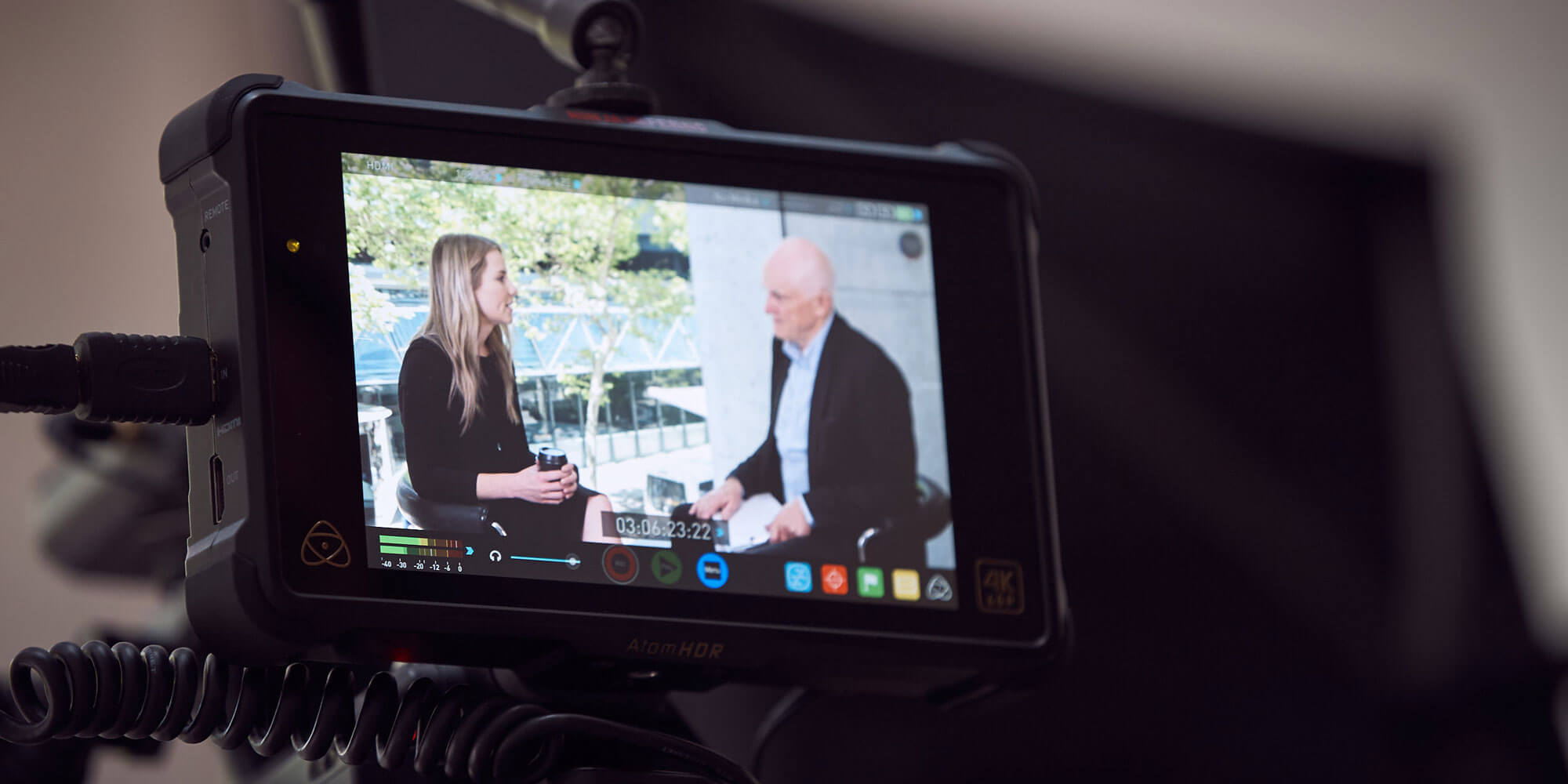
Peter Hind:
Okay, I get that! I’ve got a final question because you said when you were rolling out Workplace, your approach was a test and learn, so I’m interested. It all seems wonderful now but I’m sure there must have been some dark hours or some roadblocks or some problems and I think part of the challenge in change management is recognising these challenges and how you overcome them and address them. I think people would find those learnings helpful. Could you talk a bit more about those?
Kyla Banks:
So, I think firstly we were very open with the business with our employees and with our leadership team that this was a test and learn, that this wasn’t going to be perfect from day one, but that was okay and they had to be comfortable with that and we had to be comfortable with that kind of kills your inner comms control freak too to let go in that space. I think the biggest thing that we have learnt is: that was the right approach in terms of not getting bogged down in policy and governance.
We’re an organisation that likes to take risks and believes that fortune favours the brave!”
So, we’ve kind of learned and tweaked on the go, but not had to make too many dramatic changes. What we have found is that because we’ve done it this way and not gotten too bogged down in policies around group structures and exactly how the workplace environment should work from a procedural perspective, we have allowed employees to kind of build it themselves and now it truly feels like an employee-centric platform.
Peter Hind:
Because I’m hearing what you’re saying is you’ve got to show them trust that they’ll do it, because I mean I can see people concerned that they see how social media can be abused by people. You know, shouting and slanging and belittling people and all of that stuff, but you’ve erred on the side of free speech rather than censorship is what I hear you say, and I think that probably helps with the… People can trust using it because they’re feeling it’s not a corporate propaganda platform. It’s something where they can be authentic about their views.
Kyla Banks:
Definitely! So from the start, we obviously put the framework in place to say this is a company tool, which means you know code of conduct and all of those behavioural policies obviously still apply. We also had an enhanced level of security, so we have a tool that sits between nib and Workplace that kind of monitors from a cybersecurity perspective anything in terms of personal details or that kind of information that shouldn’t be shared.
Obviously we’re operating in quite a strict governance industry and environment so that was really important, but in terms of just content that employees are sharing, what we’ve found there may be a few examples where we’ve gone oh, that’s a weird thing to share on the platform but what we’ve learned is that people are tending to self-moderate so other employees will jump on and you know to answer a question or provide support or anything along those lines. So, very rarely have we had to intervene and, as you say like it’s we’ve employed these people under these policies and with these values in mind.
So, we have to trust them and you’d expect that these conversations or thoughts or feedback is still kind of happening and it could be bubbling under the surface, so we’d much prefer to know about it and give our people a voice and a platform to do that rather than have it kind of from a back door and never know that certain things are a problem or an issue.
 watch
17:18
watch
17:18



















